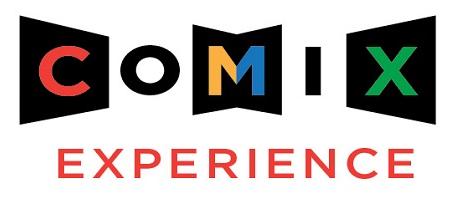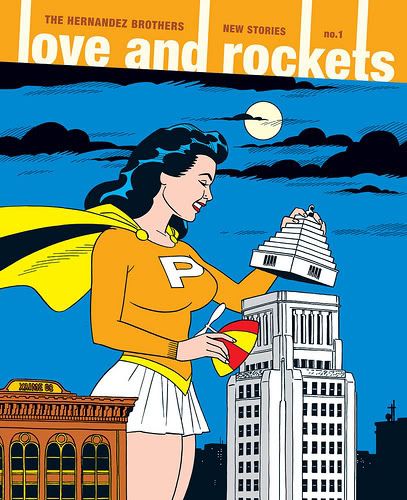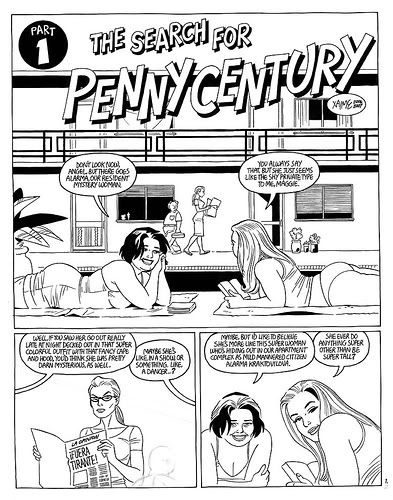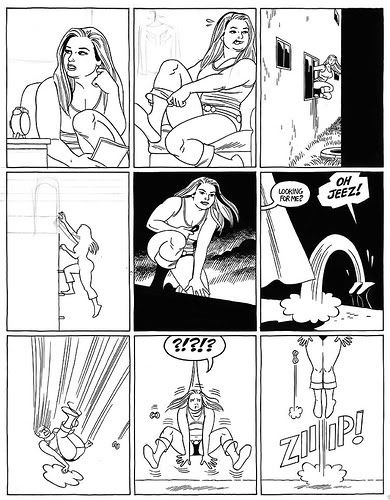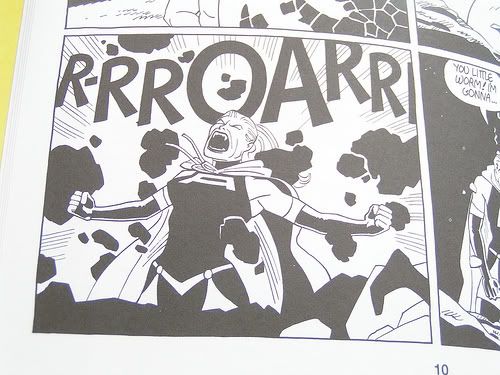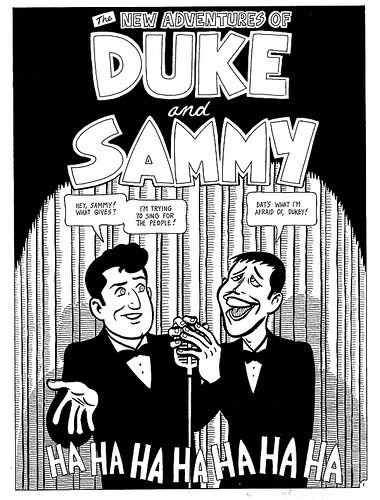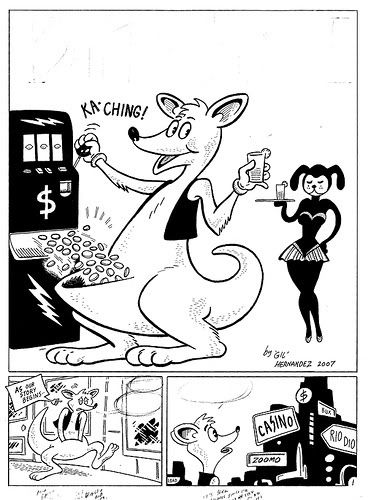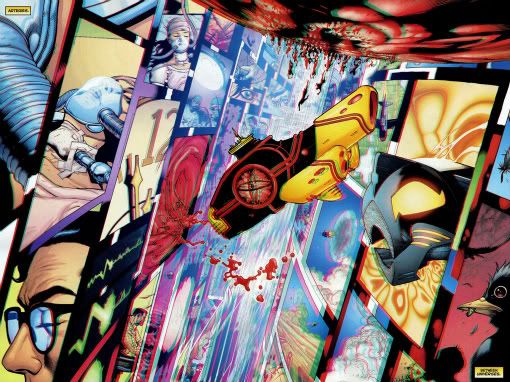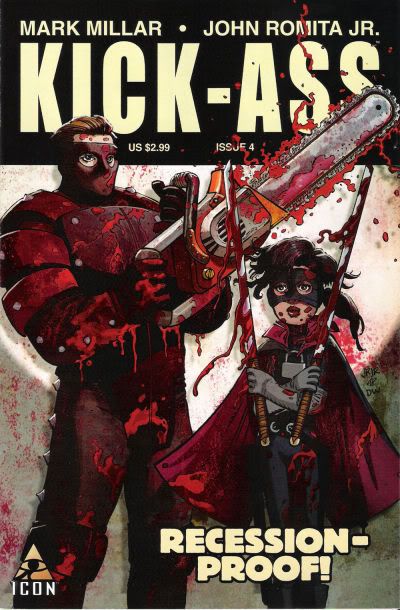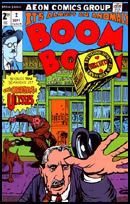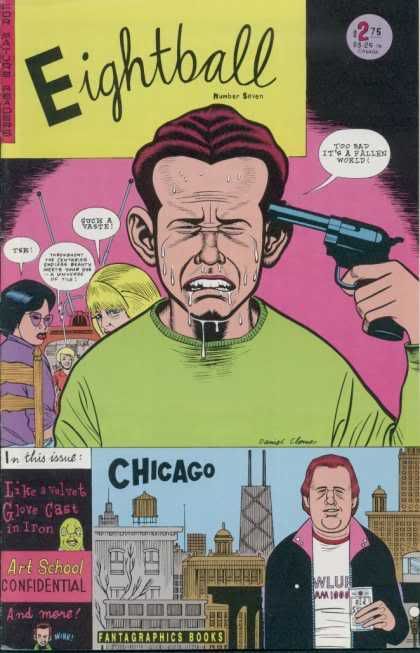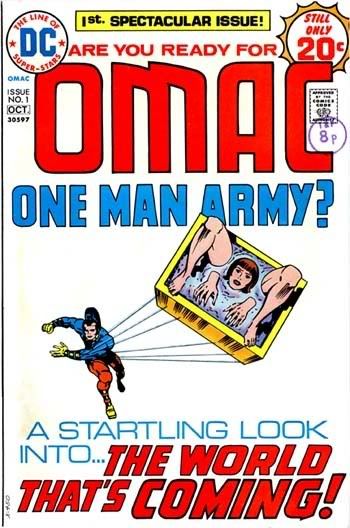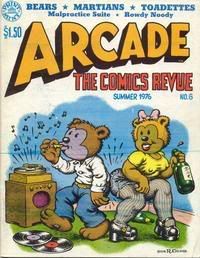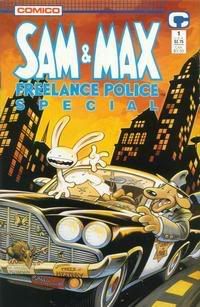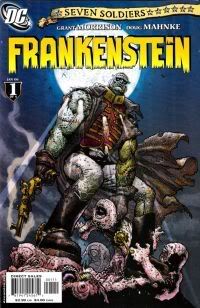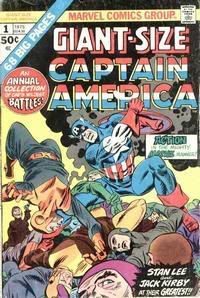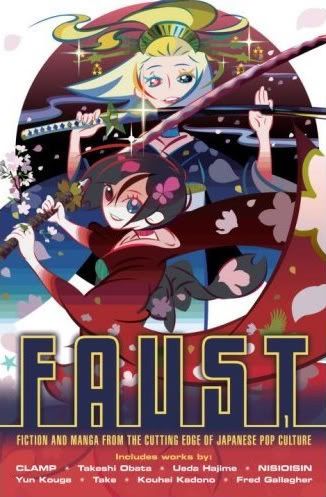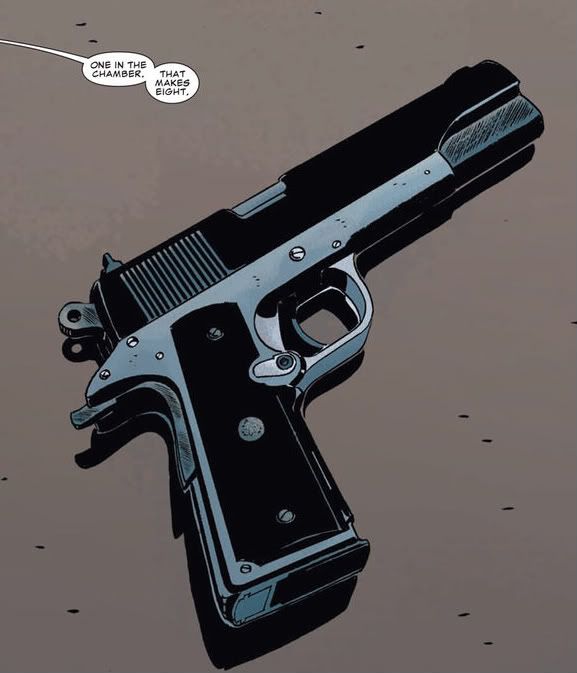 Because all the cool kids are doing it!
In no particular order, my 50 favorite moments in comics:
Because all the cool kids are doing it!
In no particular order, my 50 favorite moments in comics:
1. SWAMP THING #56, "My Blue Heaven": Stranded on a distant planet, the Swamp Thing recreates his hometown and is content to live an empty fantasy until a replica of John Constantine starts voicing some inconvenient truths. It's even creepier when you realize that every character on the Blue Planet is really just Swamp Thing throwing his voice.
2. BOX OFFICE POISON: Towards the end of the book, Hildy tells Ed about her little sister Marlys. It turns out the reader has already met Marlys in an earlier, seemingly-unrelated part of the story... a part that becomes incredibly tragic once the missing context is in place.
3. WHY I HATE SATURN: Anne sets out for California to find her sister, only to get hit by the Deluxe Edition of Murphy's Law. If it can go wrong, it will. If it can't go wrong, it will anyway.
4: NIKOLAI DANTE, "Amerika": After a decade of watching Tsar Vladimir commit atrocity after atrocity, Nikolai reaches his breaking point and stabs the Conqueror, only to be struck down a moment later by Konstantin.
5. SPIDER-MAN 2099 #25, "Truth Hurts": One of the better examples of the "everything you know is wrong" plot twist - Miguel learns about his mother and Tyler Stone, and the whole story gets turned on its head.
6. FANTASTIC FOUR #524, "Tag": The Fantastic Four are racing across Manhattan to reclaim their lost powers, but Reed has sabotaged Ben's equipment, intending to become the Thing himself and leave Ben human. But Ben figures it out and swaps his gadget with Reed's, unwilling to let his best friend take the fall for him.
6. STARMAN #80, "'Arrivederci, Bon Voyage, Goodbye": Jack Knight leaves Opal City.
7. CATWOMAN #19, "No Easy Way Down": Still reeling from the aftermath of the Black Mask's attack, Selina gets drunk and decides to rob a museum, until Batman talks her out of it.
8. RUNAWAYS #16, "The Good Die Young": Alex is revealed as the Pride's mole. Quite literally the last character I suspected.
9. INCREDIBLE HULK: FUTURE IMPERFECT: The Hulk defeats the Maestro by sending him back to the gamma bomb detonation, turning Bruce Banner's entire history into an ouroboros.
10. DAREDEVIL #182, "She's Alive": Convinced that Elektra faked her death, Matt digs up her coffin, expecting it to be empty. It isn't.
11. FRAY #8: Melaka kills Urkonn, her mentor and friend, when she realizes he murdered Loo to get her to accept her destiny.
12. DEADENDERS #16, "Smashing Time": Even after the universe rewrites itself, Noah (formerly Beezer) has a moment of distant recognition when he finds an abandoned scooter in the middle of the road. For a split-second, he can almost remember the friends and the life he left behind.
13. BONE #37, "Harvest Moon": In a genuinely creepy scene, a disoriented Thorn pulls her cloak over her head, looking exactly like the defeated Hooded One. It was ultimately a red herring, but that doesn't change the "brr" factor.
14. BATMAN: THE DARK KNIGHT RETURNS: Jarred out of a vegetative state by the return of his nemesis, the Joker's first words are "Batman. Darling."
15. SPIDER-GIRL #41, "Funeral For A Fiend": Normie Osborn (Harry's son) stops by the hospital to visit Mary-Jane Parker. As he turns to leave, he bumps into Peter - and for a moment, Peter only sees the Goblin and Normie only sees Spider-Man. Then Peter offers his hand; a moment later, they embrace, finally laying the past to rest.
16. TOP TEN #11, "His First Day on the New Job": This is such an Alan Moore thing to do: Joe Pi, the latest officer to join the Neopolis police department, is a robot. He's also the most human character in the series. When Joe realizes Irma Geddon's kids were attached to the late Sung Li, her previous partner, Joe decides to cheer them up with a trick of his own.
17. NEW X-MEN #149, "Phoenix In Darkness": In many ways, I see this as the quintessential post-Claremont Magneto story - "I am your inner star, Erik. I am the conscience you can never silence. I will never let you be."
18. HELLBOY: THE RIGHT HAND OF DOOM: Igor Bromhead has bound Hellboy using his true name, Anung un Rama; moments later, the demon Ualac steals the Crown of the Apocalypse off Hellboy's head. Things seem pretty bleak until Hellboy is informed that "Anung un Rama" quite literally means "he who wears the crown" - that no longer applies to him, so it's not his name. The spell is broken, and much butt-kicking ensues.
19. DEADPOOL #11, "With Great Power Comes Great Coincidence": Deadpool and Blind Al time-travel into a Stan Lee/John Romita Sr. issue of AMAZING SPIDER-MAN. The whole issue's hilarious, but special mention goes to Deadpool's reaction to Harry's (and Norman's) "unique" hairstyle.
20. ASTONISHING X-MEN #15, "Torn": Cassandra Nova turns Wolverine into a six-year-old girl. Awesome.
21. THE AUTHORITY #12, "Outer Dark": The death of Jenny Sparks.
22. GRAVITY #5: His nemesis, the Black Death, has been defeated, but Greg Willis still doesn't feel like a superhero... until Spider-Man stops by to congratulate him on a job well-done.
23. ULTRA: SEVEN DAYS #8: Having been told by a psychic that she would find her true love in seven days, Pearl reaches the end of day 7 alone. When she realizes it's not going to happen, she maintains her composure until someone asks her for the time, at which point she starts crying.
24. BIZARRO COMICS: Mxyzptlk browses through the Hall of Superman Spin-Offs.
25. VEILS: Vivian discovers the truth behind the story of Rosalind and the Sultan.
26. WATCHMEN: The whole book is one big Favorite Moment for me, but if I have to pick a scene, I'll go with Ozymandias' revelatory monologue in the penultimate issue, coupled with the immortal "I did it thirty-five minutes ago." I'll bet you guys anything the studios will rewrite that "downer" ending so that Rorschach and the others save the day.
27. Y: THE LAST MAN #30, "Ring of Truth": Hero faces her demons.
28. COMMON GROUNDS #4, "Time of Their Lives": Forty years after their last battle, Blackwatch and Commander Power meet again. But they're not who you think they are. That last panel with the newspaper clipping turns the whole story on its head.
29. ALIAS #28, "Purple": It's a complete deus ex machina, but I can't help smiling whenever I see that double-page spread of Jessica punching the Purple Man square in the mouth.
30. SANDMAN #37, "I Woke Up and One of Us Was Crying": Barbara defiantly crosses out Alvin's name on the tombstone, and - in Tacky Flamingo lipstick - writes WANDA instead.
31. SUPERMAN: WHATEVER HAPPENED TO THE MAN OF TOMORROW?: With the Fortress of Solitude under siege and Superman preparing for his last stand, Jimmy and Lana sneak out to fight the gathered villains themselves. "We're only second-stringers, Jimmy, but we'll show 'em... Nobody loved him better than us. Nobody!"
32. ASTRO CITY #0.5, "The Nearness of You": Michael's decision to remember Miranda puts your typical Crisis-esque multiversal time-travel epic in a completely human context.
33. FABLES #55, "Over There": Having heard the Snow Queen's plans for the conquest of Earth, Pinocchio lays out a surprisingly vivid counter-scenario where the human race unites with the Fables and tears the Adversary's Empire apart.
34. H-E-R-O #4: Jerry finally does something heroic, after losing his superpowers.
35. EXILES #34, "A Second Farewell": Mariko gets another chance with Mary.
36. DOCTOR STRANGE: THE OATH #5: Doctor Strange and Night Nurse get together. Aww, they're so cute!
37. MY FAITH IN FRANKIE #3: "You've broken Commandments One through Three, Seven and Nine. I'm taking you down, Frankie."
38. THE ADVENTURES OF BARRY WEEN: MONKEY TALES #6: Barry jumps into the past to save Sara's life; when he realizes he's succeeded and everything's back to normal, he heads into the kitchen and promptly bursts into tears. It's a powerful reminder that, despite his intellect, Barry's still just a kid.
39. EMPIRE #5: Golgoth realizes his daughter Delfi has become as corrupt and monstrous as he is. So he snaps her neck.
40. MARTHA WASHINGTON: GIVE ME LIBERTY: President Howard Nissen tears down Cabrini Green at Martha's request.
41. THE BIRTHDAY RIOTS: Troy Adams' death shakes Max to his core - when the rioters surround his car the next day, Max just opens the door and lets the crowd beat him, in penance for his betrayal.
42. SUPERGIRL #79: Seconds after she decides to live Kara Zor-El's life, Linda Danvers chafes at all the "secret weapon" talk and goes public, changing everything.
43. LOKI #1: It's a blink-and-you'll-miss-it thing, but Rob Rodi suggests a different angle on the Loki/Thor rivalry: in a flashback, we see them as teenagers, and Loki idly carves a heart in the dirt as he watches Thor.
44. MAUS: Not so much a "favorite" moment as one that haunted me for a long time; Vladek describes a particular instance in the Nazi purges where they murder crying children. Despite the fact that it's cats and mice - or maybe because of that - it's an image that stuck.
45. THE SURROGATES #5: Rather than face the reality outside her apartment, Greer's wife kills herself. The real world has a price.
46. ZENITH PHASE 3: Everyone's pretty shocked that the self-absorbed, spoiled superbrat Zenith sacrificed his life to save the Multiverse. Turns out he didn't: that was his mirror-universe double Vertex, the guy who actually was a hero.
47. CRIMINAL #5: For a split-second, you think Leo might have made it in time to save Greta. But, of course, he doesn't.
48. I, JOKER: The unnamed protagonist finds the last recording of Bruce Wayne prior to his death.
49. V FOR VENDETTA: Valerie's letter.
50. WE3 #3: 1 starts howling and wailing for 3 as it goes off to face 4 alone. Breaks my heart every time.
![]() So, about that retailing thing...
So, about that retailing thing...